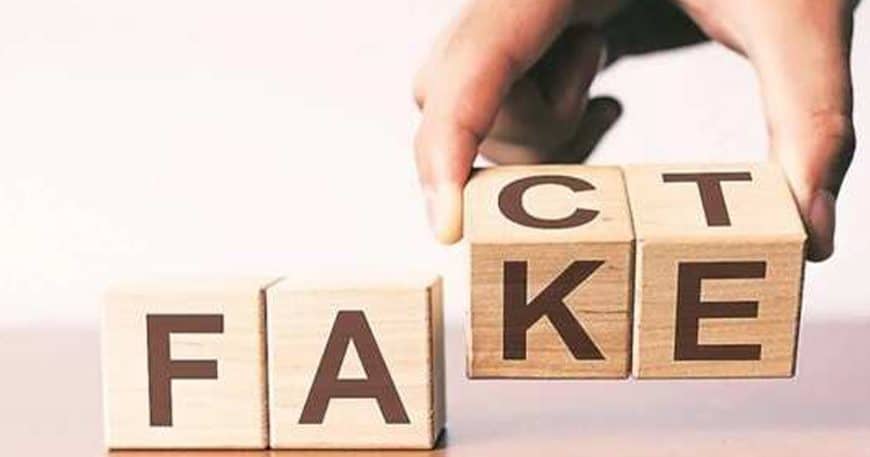Is the 21st century, the era of fake news? And did Donald Trump actually put the words “fake” and “news” together? Well, he claims he invented the term “fake news”. In actual fact, he didn’t. Fake news also known as rumours have been there since medieval times. What we are experiencing now is the rebirth of fake news with kind of vengeance, thanks to social media. So, why is it important for community media journalists to learn how to deal with the epidemic of fake news?
Let’s first educate ourselves on the meaning of the term fake news? It is simply deliberate misinformation which is spread via various media – print, broadcast, video, online, among others. It is vital for KCOMNET to try and deal with the issue of fake news in order to retain credibility and authenticity of community media. KCOMNET does this through the Umoja Radio for Peace Project, a capacity building project in partnership with GIZ/CPS.
The first process of containing fake news is fact checking. In the workshops on fake news conducted for community radio journalists by Umoja Radio for Peace Project team, include a module on fake news and how to verify information. Participants are usually taken through the five step process of checking fake news which was developed by an organisation known as Africa Check.
Step 1; Always try to identify the original source of information. This involves; checking the source/author, using the 5W’s (Who, Why, What, When and Where), checking the figures (if they exist), and finally, images. One of the websites that can be used to verify fake news is tineye.com. This website can be used to reverse search images and see if they are originals or photo shopped.
Step 2; Verify the content. Simply check the quality of source of information. Is it being used in a good way? Is there any information that has been left out that could influence the interpretation? if the answers is No, do not spread the word without a caution/caveat. If the answer is Yes, go to step 3.
Step 3; Check for Context, Step 3, Check for context – is it user generated? This means establishing the content that is reposted mostly on social media platforms. Sometimes User Generated Content may be subject to copyright of which ideally the owner should be contacted for permission to use.
Step 4; Obtaining permission. If getting permission is not possible, then do not publish or broadcast user generated content in its original format.
Step 5; Setting out the evidence for your reader/audience. If permission is granted in step 4, finally go to step 5. This authenticates the work of the journalist and provides easier comprehension of their work.
If one has answered YES to all the five steps, your information is factual and can comfortably be published/broadcast.
Other than journalists, fact checking process can be used by regular citizens, activists’ among others to always undertake background check when they receive information, mostly on social media. This will help in controlling a lot of unverified information being spread that causes more harm than good.
For further details on fact checking Training, Research and Information, you can get in touch with KCOMNET’s Umoja Radio for Peace Project team; Sheila – Sheila@kcomnet.org and Michael – Michael.scheweres@giz.de



